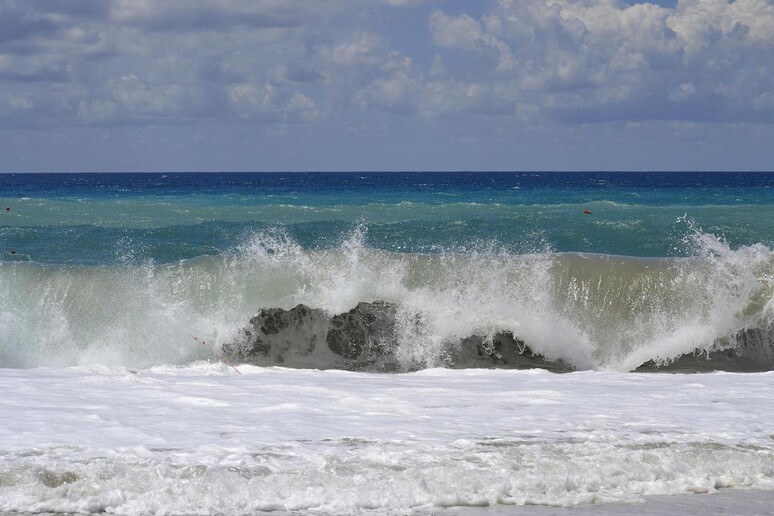Italian researchers have won an
award for a high-tech spinning wheel mounted on a low-impact
raft to capture the energy of the sea, sources said Thursday.
Dubbed the Inertial Sea Wave Energy Converter, the device
was invented a decade ago by researchers at Turin Polytechnic
University, with a prototype to be installed off the southern
island of Pantelleria in April.
It has won the 2015 Engineering Impact Award given by
National Instruments Corp., a Texas-based producer of automated
test equipment and virtual instrumentation software.
The device consists of a raft 15 meters in length, eight
meters wide and five meters high, containing a gyroscope that
oscillates with the waves, converting that motion into energy
that gets relayed to the coast via a cable along the seabed.
"The device adapts automatically to sea conditions...and
can produce up to 250 MHh, meaning it will save 68 tons of CO2 a
year," said Paolo Gherra, one of the project leaders.
"Also, its area will be off limits to boating and fishing,
so it will defend the seabed through the creation of protected
areas".
ALL RIGHTS RESERVED © Copyright ANSA











